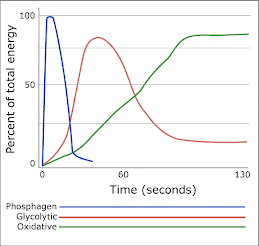We are constantly on you during deadlift to watch for spinal flexion, and I always get the question what is wrong with spinal flexion? The simple answer is that flexion of the lumbar spine under load can lead low back injury. Read the following for the more complex answer to the question.
No question this time, just take in the info and enjoy the holiday break!
The spine in its neutral position curves through lordosis in the lumbar region and kyphosis in thoracic region. Because of their accordingly angled surfaces, it is in this position that pressure is evenly distributed over the vertebrae and intervertebral disks and the back is structurally soundest when the body is standing
vertically under a compressive load. The first priority is the maintenance of the lumbar spine’s lordotic arch. The joints of the lumbar vertebra and the joint of the fifth lumbar vertebra with the sacrum are the most susceptible to injury, and
consequently warrant the greatest attention. This is due in large part simply to the fact that these joints are farthest from the application of force with a load on the shoulders or overhead and are therefore the natural fulcrums of the torque.
OLYMPIC WEIGHTLIFTING: A COMPLETE GUIDE FOR ATHLETES & COACHES
Greg Everett
Great SEO Advice for CrossFit Gyms
3 years ago


